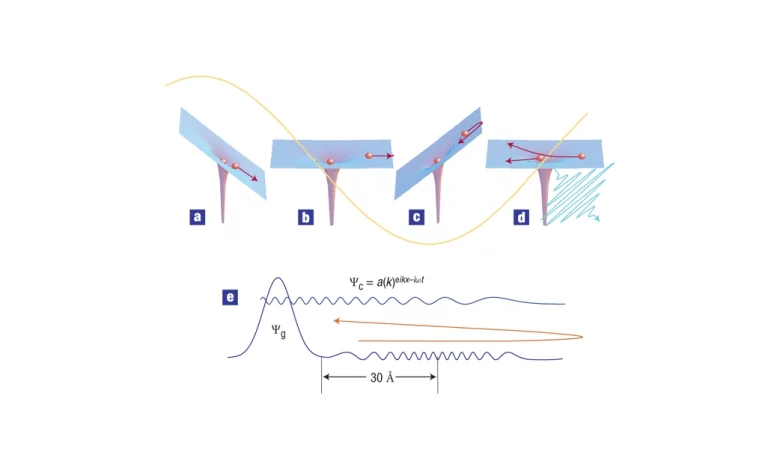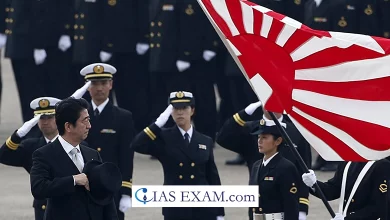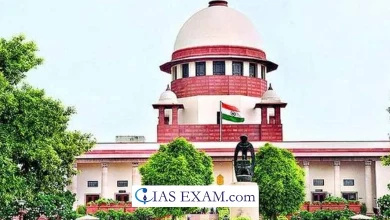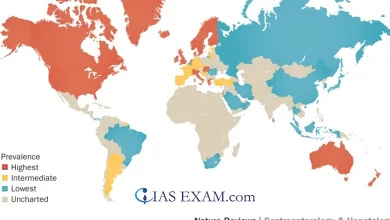
Context- The 2023 Nobel Prize in Physics was awarded to Anne L’Huillier, Pierre Agostin and Ferenc Krausz for experimental methods that produce attosecond light pulses to study the electronic dynamics of matter.
What is Attosecond Science?
- Attosecond – it is equivalent to one quintillionth (10^-18) of a second, the time when the properties of an electron change.
- These pulses are used to unravel dynamic processes in matter with unprecedented time resolution.
- Attosecond science- This is a branch of physics that deals with the phenomena of the interaction of light and matter, the generation of very short light pulses and their use to study ultra-fast processes.
What is the physics of attosecond pulse generation?
- Wave mechanics – Concepts for producing attosecond pulses come from wave mechanics.
- In 1988, Anne L’Huillier and her colleagues passed an infrared beam through a noble gas that emitted light at a frequency many times higher than the rays.
- The radio waves are said to be shades of the original.
- The researchers also found that as the frequency of the original beam increased, the intensity of the emitted light decreased sharply, then remained constant for a certain interval and then dropped again.
- Studying light – the light beam consists of oscillating electric and magnetic fields.
- “Oscillation” means that the field strength alternately increases and decreases at a certain moment.
- So some energy would be transferred to the electron and then taken away.
- When energy is transferred– an electron is removed from an atom.
- When energy is taken away- the electron and atom recombine, releasing the excess energy.
- This energy is reradiated by the gas as light.
- Quantum Mechanics – Scientists have also found a way to describe this process using the equations of quantum mechanics.
How is an attosecond pulse generated?
- Multiple overtones- When the infrared beam hits the atoms of a noble gas, it produces multiple hues.
- Constructive reasoning- When the peak of one overtone merges with the peak of another, they experience constructive interference (as in a double-slit experiment) and produce a larger peak.
- Destructive reasoning- When the peak of one overtone merges with another overtone, they cancel each other out.
- Light pulses- By combining a large number of hues in this way, physicists could fine-tune the arrangement so that light pulses would occur for a few hundred attoseconds due to constructive interference and then stop due to destructive interference.
- These pulses are only produced when the radio frequency is within the plateau range.
What exactly did scientists do?
- RABBIT- Pierre Agostini and his colleagues developed it in 1994.
- This is an important method for measuring the duration of a short light pulse.
- An attosecond pulse and a second longer pulse separate the noble gas atoms.
- Two-pulse photons remove electrons from atoms.
- Physicists collect information about these electrons and atoms, which also provide information about the properties of the pulse, including its duration.
- Attosecond pulses in train- Only in 2001, Agostini et al. and Ferenc Krausz et al. could produce controlled attosecond pulses in a train.
- Pulses in a train refer to a pulse followed by a gap followed by a pulse and so on.
- Short attoseconds – After these achievements, all three groups and other physicists continued to refine these techniques, so that by 2017 experts could produce pulses as long as 43 attoseconds.
What are the applications of attophysics?
- Atomic and Molecular Physics – Using these attosecond pulses, scientists can “freeze” the motion of electrons in atoms and molecules, providing a real-time picture of how electrons move during chemical reactions.
- Create and manipulate extreme ultraviolet (XUV) and X-ray pulses– crucial for imaging ultrafast processes at atomic and molecular scales.
- These pulses are produced by high-intensity laser systems that produce attosecond bursts of light.
- Electronic Devices – A better understanding of how electrons move and transfer energy can also help create more efficient electronic devices.
- Developing a new technique – they allow scientists to observe the quantum mechanical nature of electrons and the complex dance they perform as they interact with each other and with atomic nuclei.
- This knowledge has a profound impact on fields such as chemistry, material science and even the development of new technologies.
- Solar energy- The photoelectric effect is the core of solar energy, and by improving the theoretical understanding, it makes great strides in renewable energy production.
Source: Indian Express
Practice question:
Q.What is an attosecond?
- A unit of time equal to one billion years
- A unit of time equal to one trillionth of a second
- A unit of length used in quantum physics
- A measurement of electrical resistance





.png)



